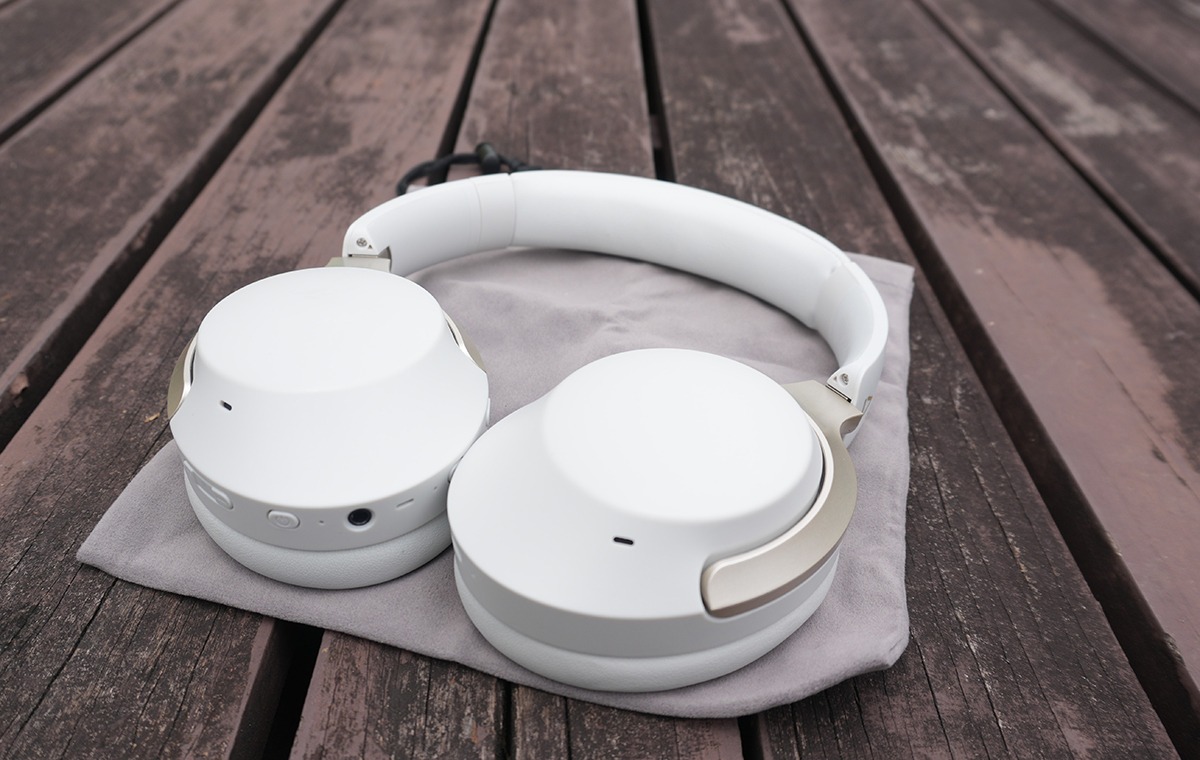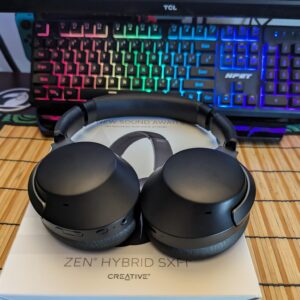What is an Entry Level Custom Gaming PC Build?
An entry-level custom PC build is ideal for those just starting out with gaming, everyday computing tasks, or basic creative work like photo editing and video streaming. Here’s a description of what an entry-level custom build might include, aiming to balance cost-effectiveness with performance to deliver a solid, reliable computing experience.
Price Budget: $1,000.00 to $1200.00
Processor (CPU): An entry-level build typically features a capable but affordable CPU, like the AMD Ryzen 5 or Intel Core i5 series. These processors offer good performance for basic tasks and some light gaming.
Memory (RAM): For RAM, 16GB is usually sufficient for an entry-level system. It allows for smooth multitasking and efficient operation in common applications like web browsers, office programs, and some entry-level creative software.
Storage: A 256GB up to 1 TB SSD is recommended for faster boot times and quick loading of applications. SSDs are much faster than traditional hard drives, which helps improve the overall responsiveness of the system.
Graphics Card (GPU): Depending on the budget and if the focus is on gaming or graphics-heavy tasks, you might opt for an entry-level discrete GPU, like the NVIDIA GeForce RTX 3050 up to 3060 or a similar AMD Radeon card. For non-gaming builds, integrated graphics in modern CPUs are often sufficient.
Motherboard: A basic motherboard that supports the chosen CPU, provides necessary connectivity, and has room for future upgrades like additional RAM or storage.
Power Supply (PSU): A reliable power supply is crucial, even in entry-level builds. A 400-650 watt PSU, preferably 80 Plus Bronze, and it should be more than adequate for the components listed.
Case: An entry-level build can be housed in a simple, cost-effective case that has good airflow and space for future upgrades. It doesn’t need to have all the bells and whistles but should facilitate good ventilation.
Operating System: Windows 10 Home or the latest Windows 11 are common choices for gaming and general use, though some might prefer Linux for a lower-cost or open-source alternative.
This setup is perfect for users who need a machine for everyday computing, are getting into PC gaming with moderate settings, or are dabbling in creative software without high-performance demands. It provides a solid foundation with potential for upgrades as needs grow and budgets increase.
What is a Mid-Tier Gaming PC Build?
A mid-tier gaming PC build offers a great balance between cost and performance, enabling gamers to enjoy current games at high settings without breaking the bank. Here’s what a typical mid-tier gaming setup might include:
Price Budget: $1,500.00 to $2,499.00
Processor (CPU): At this level, a CPU like the AMD Ryzen 7 or Intel Core i7, preferably from the latest or previous generation, would be ideal. These processors provide enough power for gaming and multitasking, handling modern games and streaming simultaneously.
Memory (RAM): 32GB of RAM is standard in mid-tier builds. This amount ensures smooth performance across a variety of games and is sufficient for other demanding tasks like video editing.
Storage: A combination of SSD and NVMe works well here. A 500GB or 1TB NVMe for the operating system, favorite games, and frequently used applications, paired with a 1TB or 2TB SSD for additional storage needs, offers a good mix of speed and capacity.
Graphics Card (GPU): A GPU like the NVIDIA GeForce RTX 4060Ti to 4070Ti Super or similar AMD. These cards are capable of running most games at high settings, ensuring beautiful graphics and fluid frame rates.
Motherboard: A motherboard that supports the latest features such as PCIe 4.0, USB 3.2 and Type C, and dual-channel memory, ideally with some future-proofing like room for additional RAM or multiple GPUs.
Power Supply (PSU): A 750-1000 watt power supply is recommended, preferably 80 Plus Gold certified, providing ample power for current components and some headroom for later upgrades.
Case: A mid-range case that offers better build quality, effective cable management, and good airflow. Features might include tempered glass panels, multiple fan mounts, and dust filters to keep the internals clean.
Cooling: Stock coolers that come with mid-range CPUs are often adequate, but investing in an aftermarket cooler or additional case fans can help keep temperatures lower and reduce noise.
Operating System: Windows 10 or Windows 11 is typically preferred for compatibility with the widest range of games and gaming-related software.
This setup is well-suited for gamers looking to play at 1080p or 1440p with high settings. It’s also versatile enough to handle VR gaming and can be easily upgraded over time to maintain relevance as gaming technologies evolve.
What is a High-End Gaming PC Build?
A high-end gaming PC build is designed to offer top-tier performance for gaming enthusiasts who demand the best visual fidelity and ultra-smooth frame rates, even at 4K resolution. Such a system not only excels in gaming but is also capable of handling intense workloads like video editing, 3D rendering, and more. Here’s what a high-end gaming setup typically includes:








Reviews
There are no reviews yet.